Blog Detail
Table of Contents
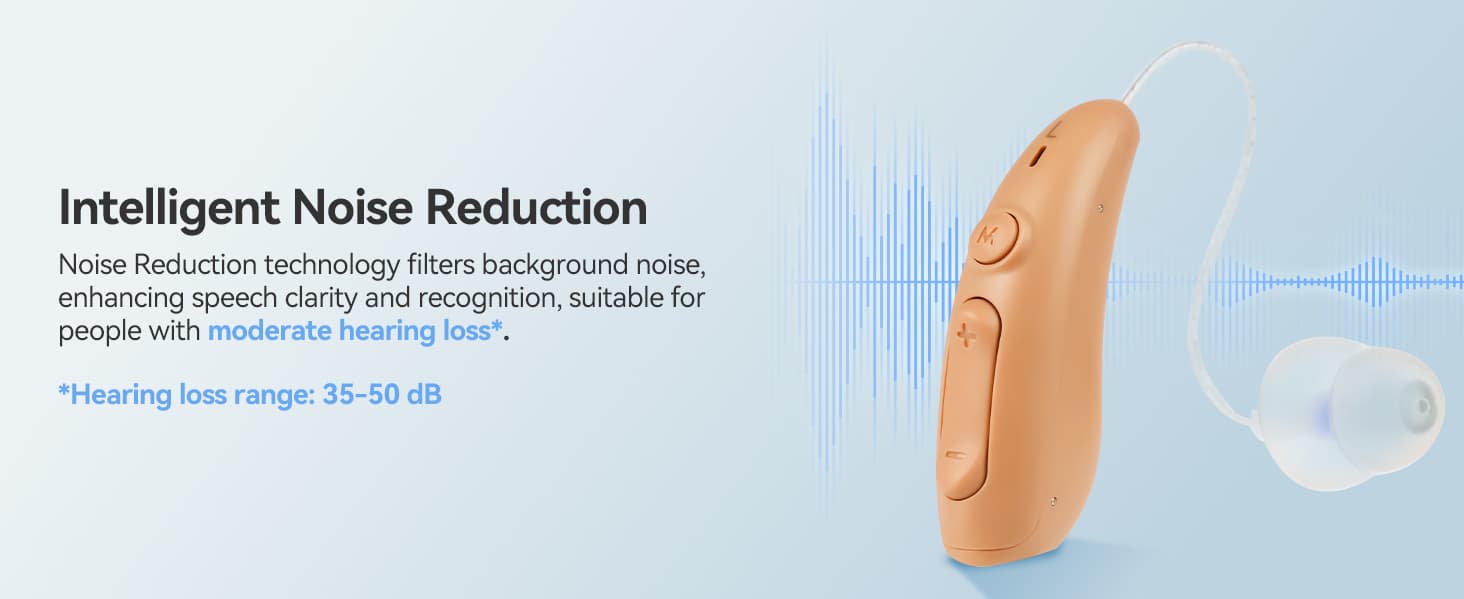
Differences Between BTE and RIC Hearing Aids
- Judy
- Oct 22, 2025
- 1 Comments
As a RIC hearing aid, the TE201 hearing aid differs from behind-the-ear (BTE) hearing aids. Let's take a brief look!
A. Structural Differences
BTE (Behind-the-Ear)
Sound is amplified within the BTE shell, transmitted through a sound tube to the ear mold/ear tip, and then enters the ear canal.
RIC (Receiver-External)
The amplified sound is emitted directly from the receiver "outside the ear canal," closer to the eardrum, resulting in less transmission loss.
B. Sound Quality Differences
1. Clarity and Naturalness
RIC: The receiver is located close to the ear canal, resulting in less sound loss, higher fidelity, and more natural and clear sound, especially in the mid- and high-frequency ranges.
BTE: Sound is transmitted through a tube, which can lead to some high-frequency loss and slightly reduced clarity.
2. Low-Frequency Performance
RIC: The ear tip can be partially open, preserving the natural resonance of the ear canal, allowing for a natural and clear low-frequency sound.
BTE: Most ear molds are closed, which can easily block the ear and cause low-frequency sounds to be muffled.
3. Feedback (Howling) Control
RIC: Because the receiver is closer to the eardrum, feedback is more likely to occur, but modern hearing aid algorithms can reduce this.
BTE: The sound guide tube separates the microphone and receiver, naturally reducing feedback.
C. Comparison of advantages and disadvantages
|
Comparison Points |
BTE (Behind-the-Ear) |
RIC (Receiver-In-Receiver) |
|
Sound Quality |
High-frequency loss is common, resulting in a less natural sound. |
Natural sound, excellent clarity, and outstanding high-frequency performance. |
|
Appearance |
Large body makes it more noticeable when worn. |
Slim and discreet, more aesthetically pleasing. |
|
Compatibility |
High power, suitable for moderate to severe hearing loss. |
Mostly suitable for mild to severe hearing loss, not suitable for profound hearing loss. |
|
Comfort |
The ear mold provides a strong seal, but may feel blocked. |
Semi-open earplugs, comfortable and breathable. |
|
Noise Control |
Naturally strong feedback resistance. |
Relies more on algorithms to suppress feedback. |
|
Durability |
The receiver is housed within the housing, providing excellent resistance to moisture and earwax. |
The receiver is located in the ear canal, susceptible to moisture and ear canal damage, requiring frequent cleaning and replacement. |
|
Operation and Maintenance |
Large size makes it suitable for elderly users and easy to maintain. |
Small and delicate, requiring high finger dexterity, requiring regular receiver replacement. |
|
Battery/Battery Life |
Large body accommodates a large battery for long battery life. |
Small body, limited battery capacity, and slightly shorter battery life. |
D. Suitable Audiences
Choose BTE hearing aid:
Those with severe hearing loss who require high power output
Elderly individuals with limited finger dexterity (for easier operation)
Those with damp or excessive earwax (for greater durability)
Choose RIC hearing aid:
Those who value sound quality, clarity, and a natural hearing experience
Those who prioritize discreet appearance
Mild to moderately severe hearing loss (not profound)

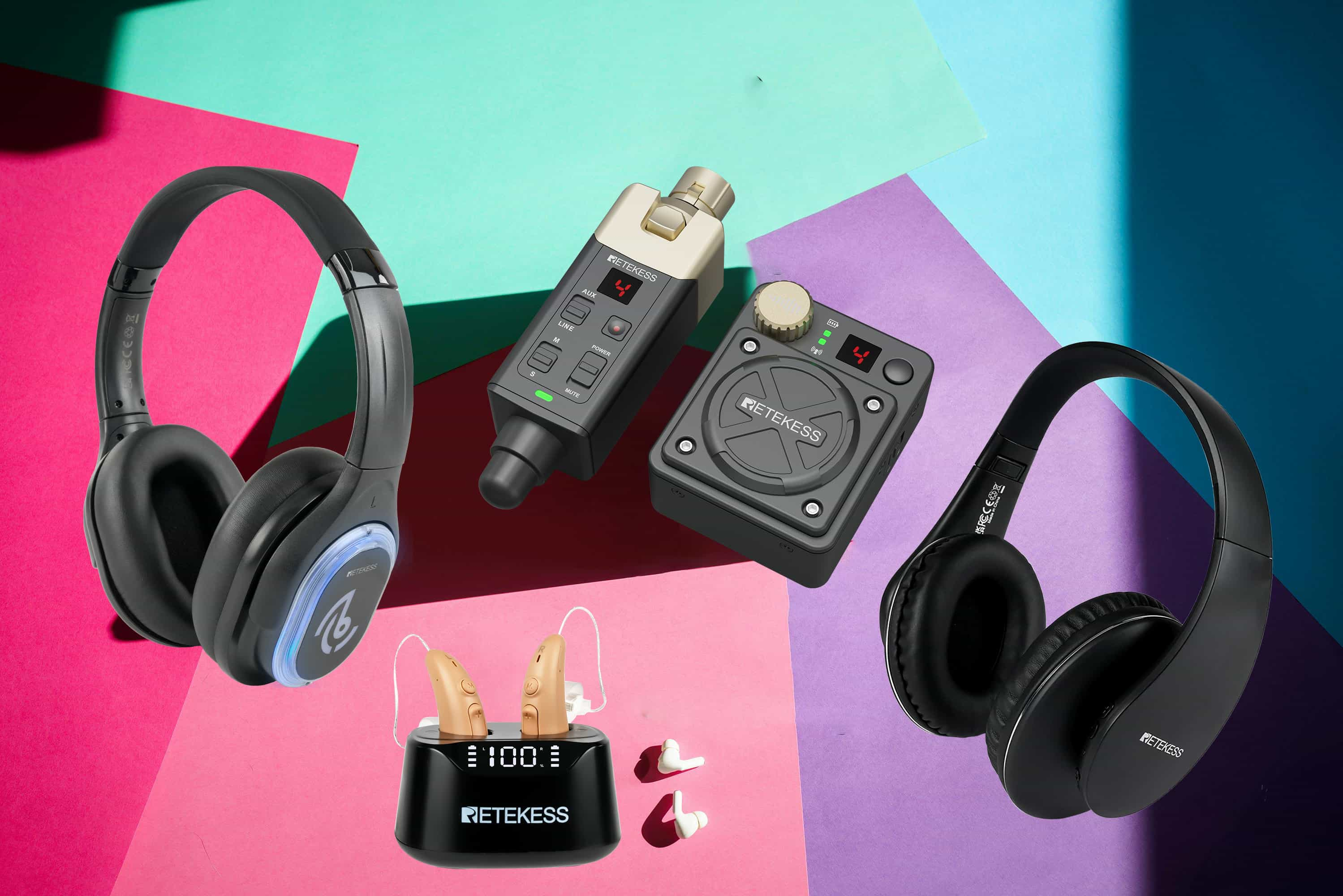
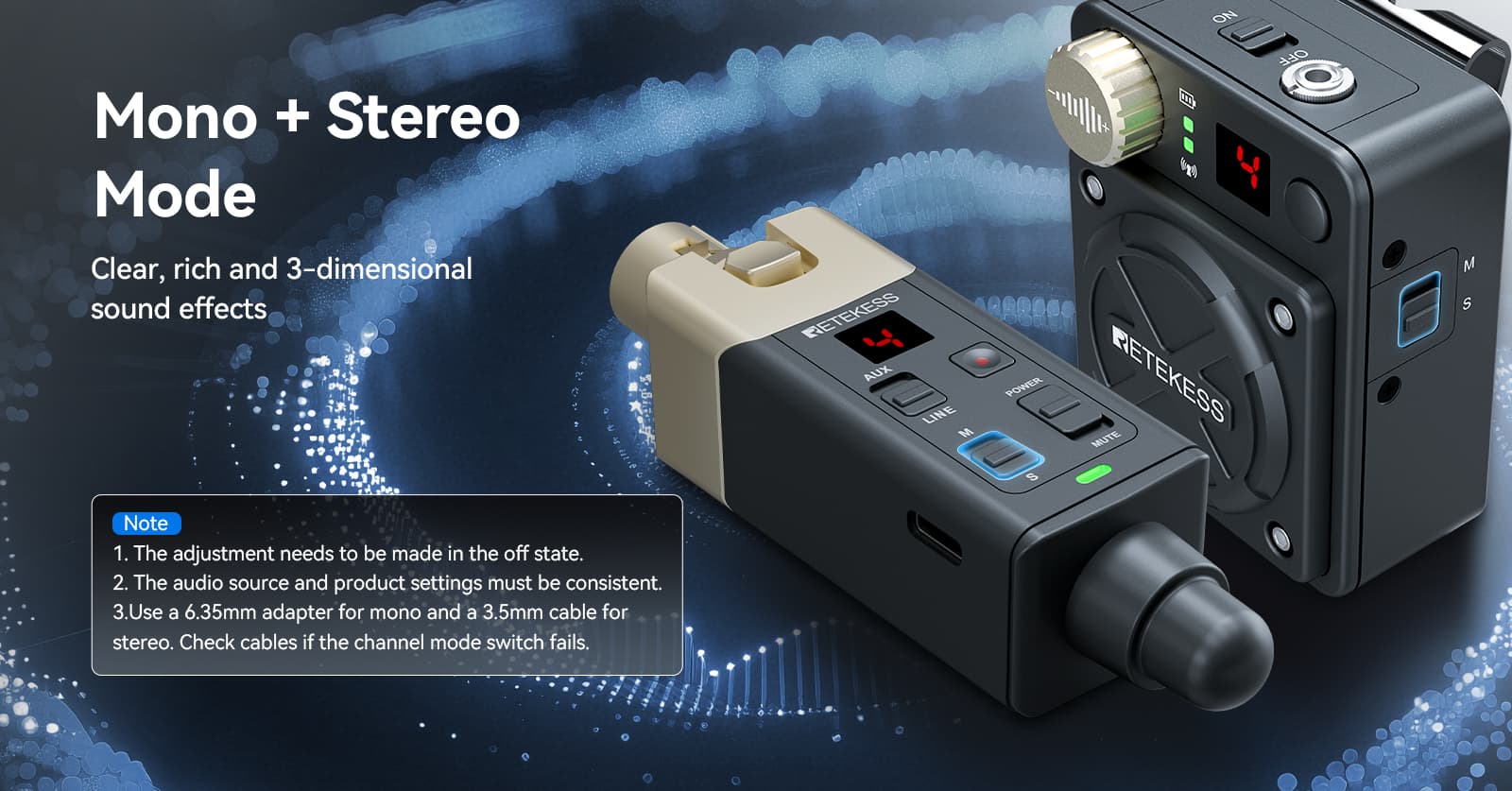


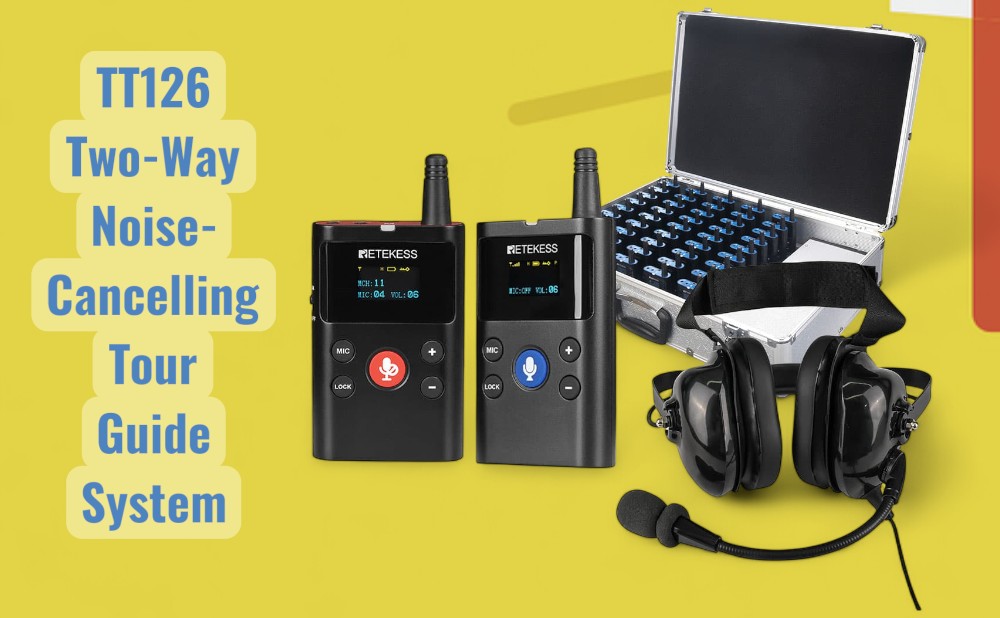
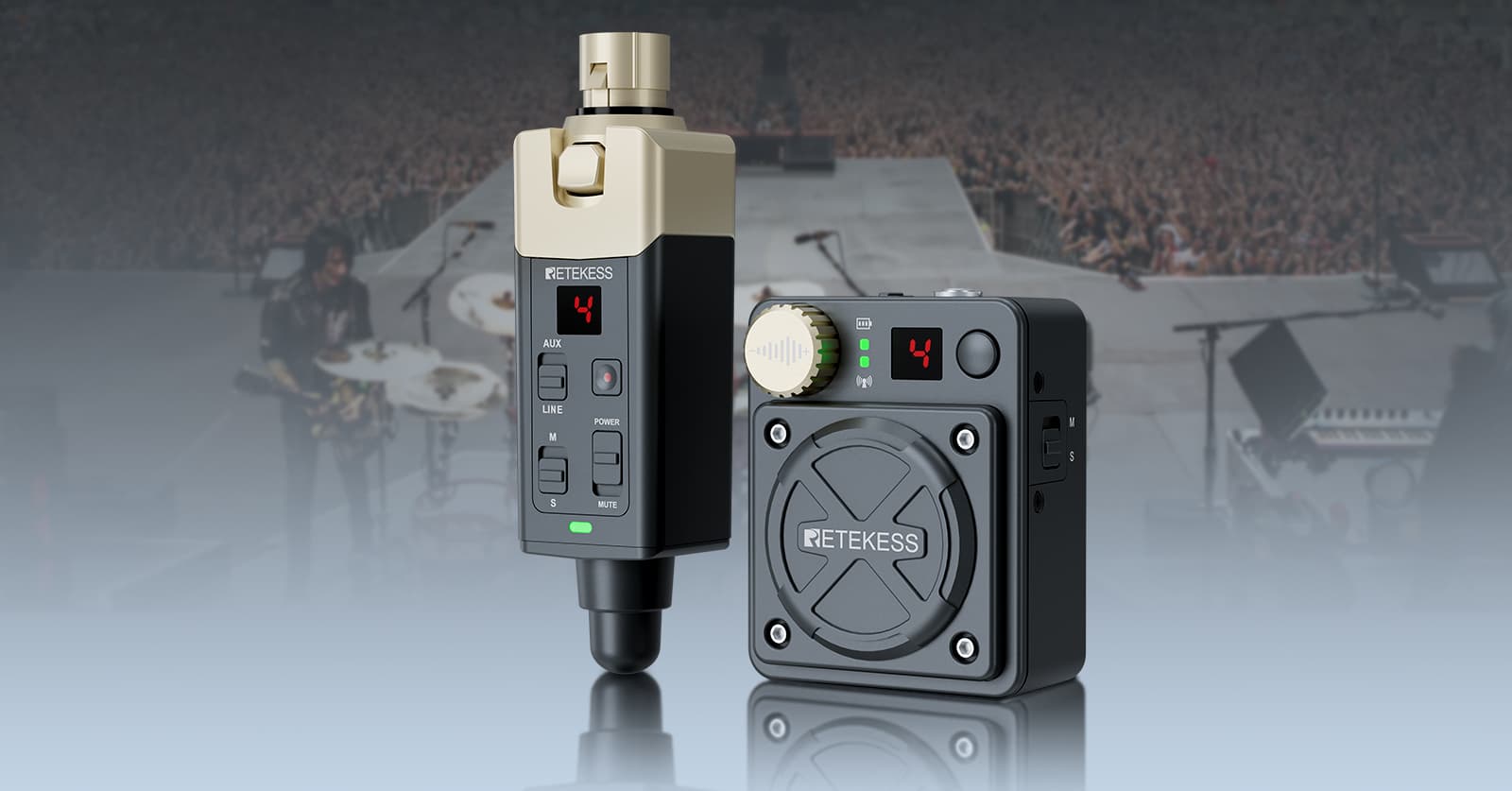

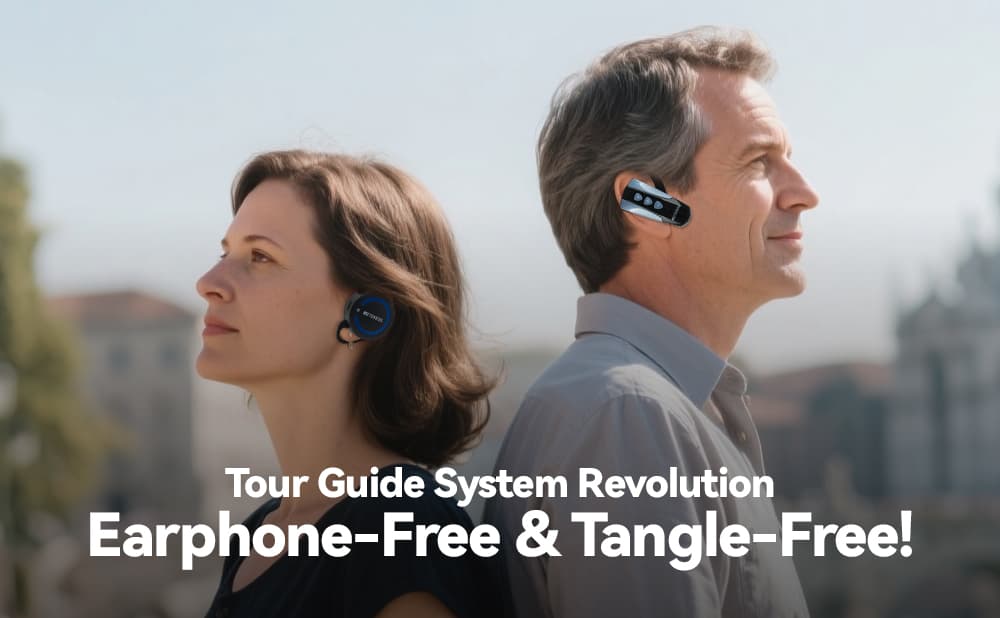
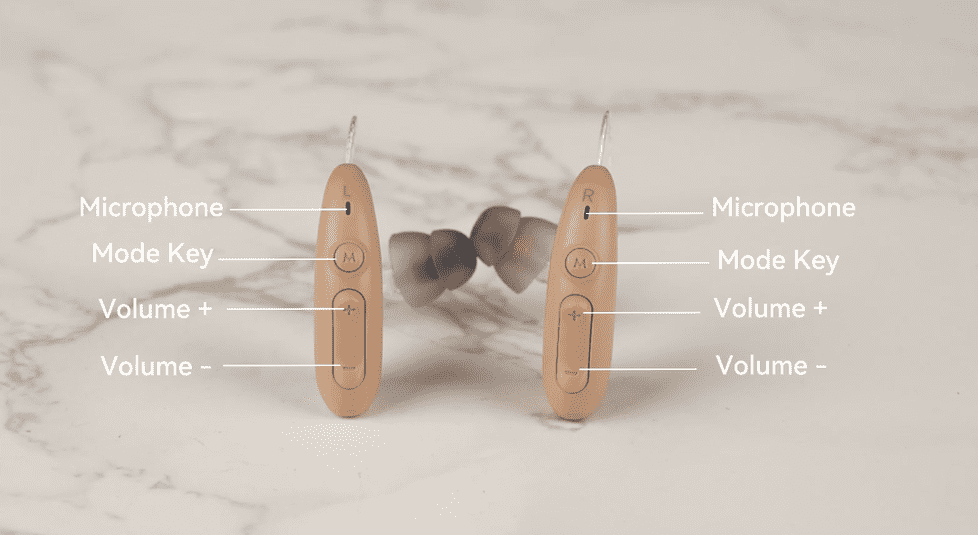
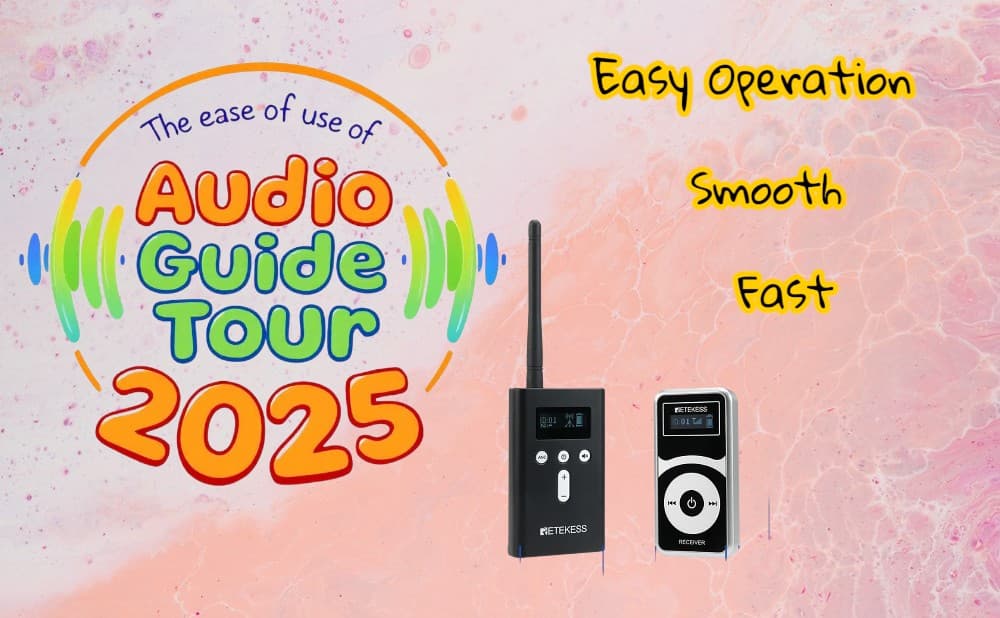
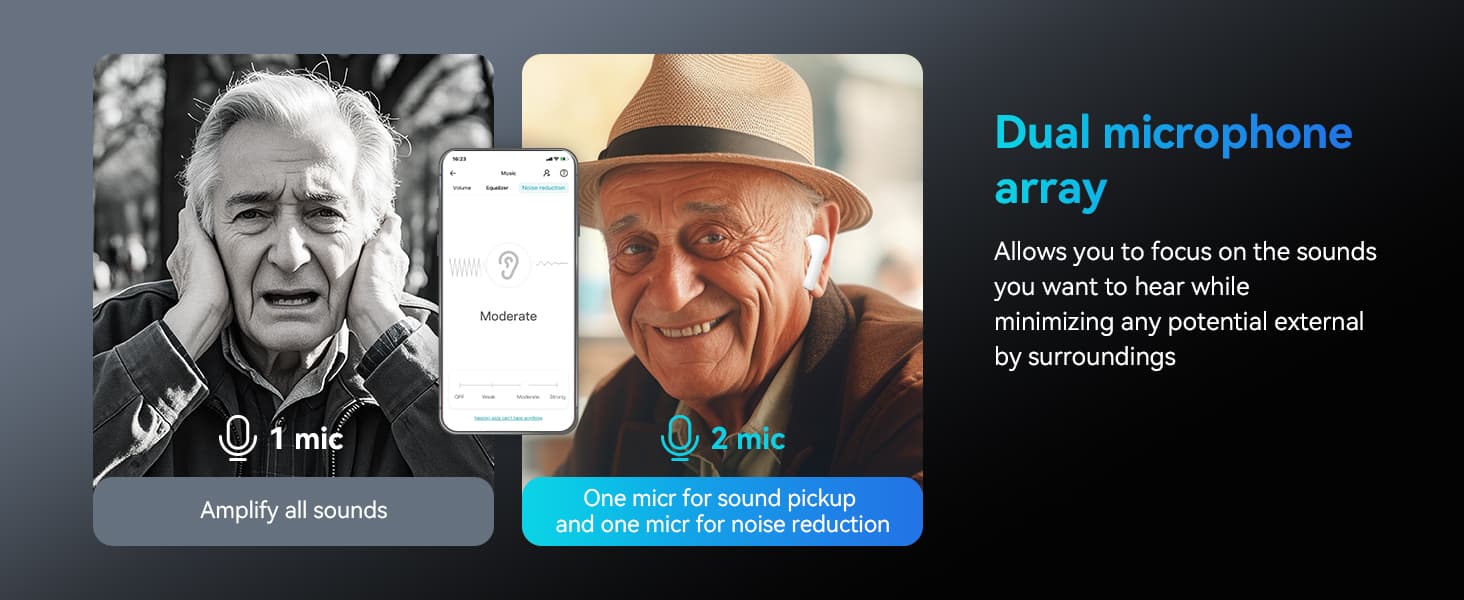
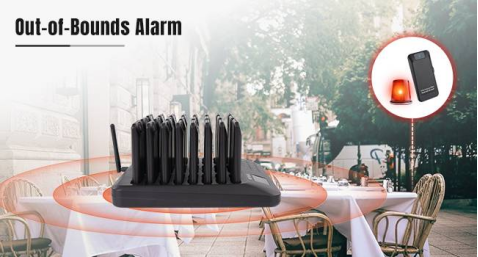

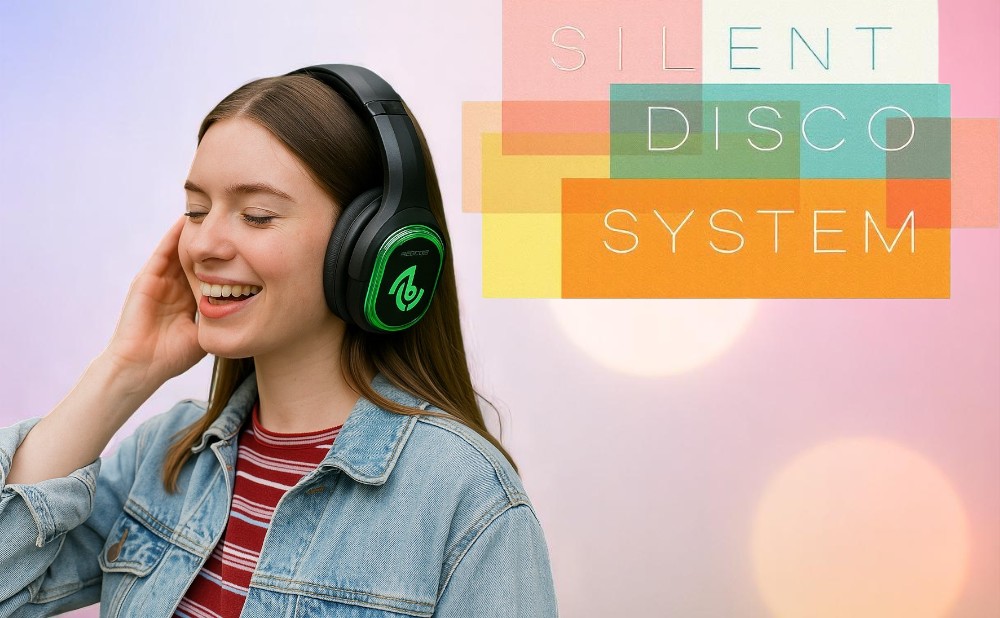
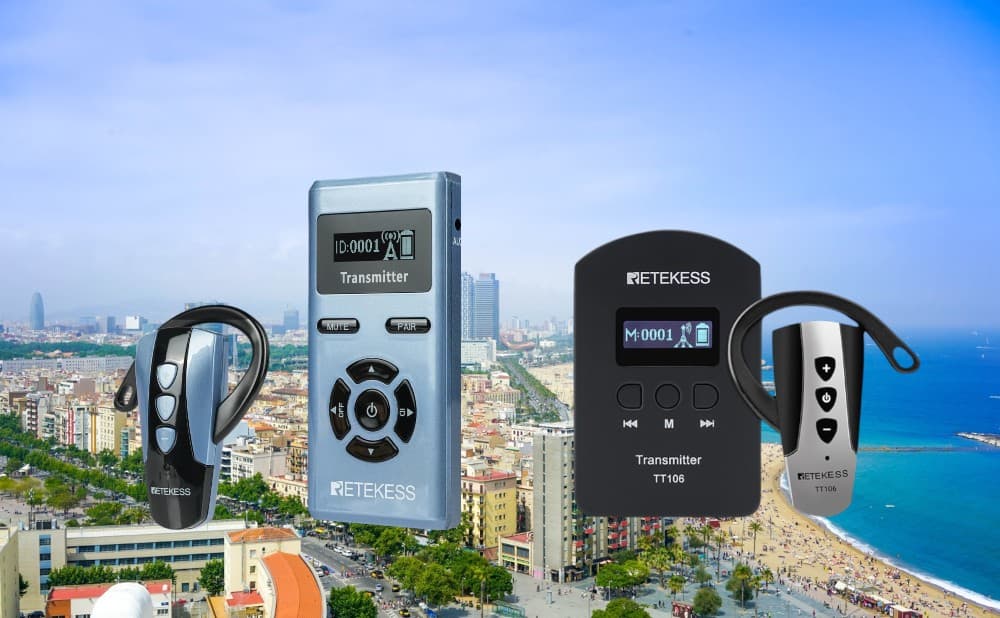
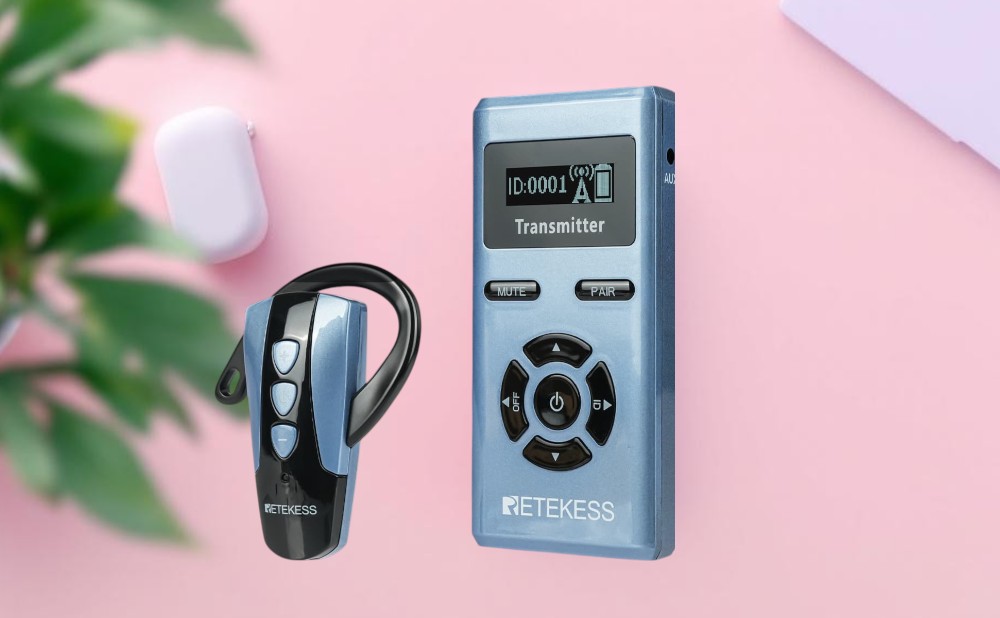
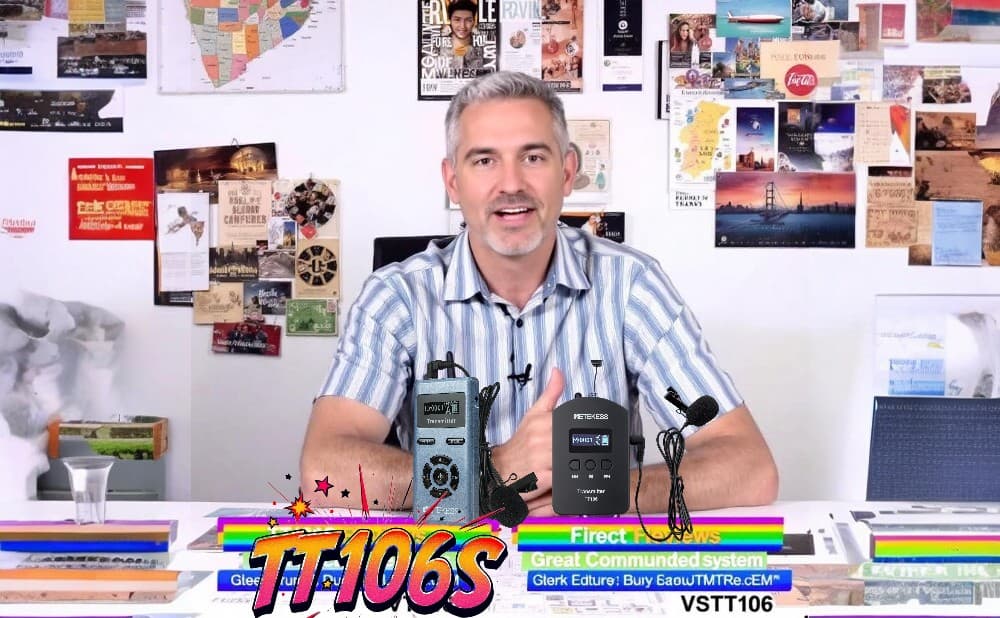




Comments (1)